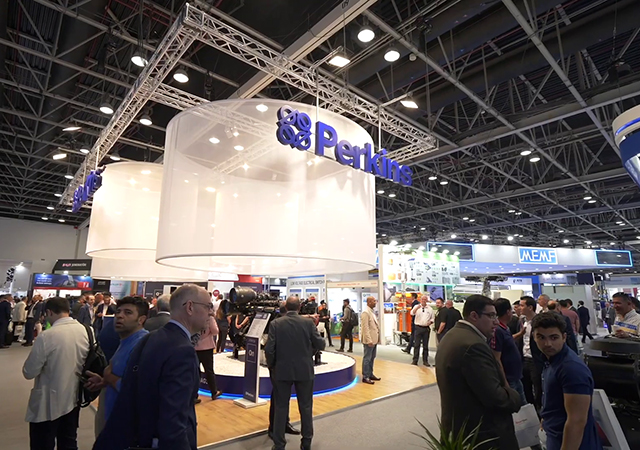
 Glasstec: a forum to showcase innovative glass technology
Glasstec: a forum to showcase innovative glass technology
Around 1,200 companies will be exhibiting at glasstec, a leading trade fair for glass technology, to be held from September 20 to 23 in Düsseldorf, Germany.
Mechanical engineering company Grenzebach will present data spectacles at glasstec that are capable of revolutionising remote maintenance. Today, remote maintenance is a standard feature, particularly with large machines. Manufacturers can monitor their situation permanently using various parameters, and can intervene if necessary. The problem will then either be solved on site by the system operator or the manufacturer will send his service technician. Nevertheless, any form of remote maintenance has its limitations.
Markus Gruber, responsible among other things for the new business area at Grenzebach, said: “We can only recognise as much as this technology allows”.
It is precisely here that the new development takes effect. At glasstec, Grenzebach will present a system that makes it possible to see and hear precisely what the technician on site can also see and hear. This is achieved through spectacles, fitted with a mini-camera and microphones among other things, that are worn by the technician on site.
The corresponding picture sequences appear on the manufacturers’ monitors. Direct communication is also ensured. But that is not all. Building or construction drawings, required for repairs, can be superimposed in the field of vision of the spectacle wearer, and codes such as DataMatrix imported. “We use a serial product,”explains development manager Roland Jenning.
QUALITY SUPPORT
The advantages of the new system are obvious. Necessary information is quickly made available. Reaction times are significantly reduced. Maintenance and service are made easier and, as Gruber explains, there is “easier and quicker rectification of defects.” In addition, communication with the system operator is significantly improved overall. This ultimately all leads to support of a very high quality.
Grenzebach will demonstrate how the new system works in practice at its stand in Hall 15.
SILK SCREEN
Mechanical engineering company Benteler will have a surprise waiting in Hall 15. The company is venturing into the business of silk screen printing machines. It will be presenting a system for printing car windscreens that is completely self-developed and self-built.
“We have developed the machine with a focus on the display area”, says Joachim Korswird, director with responsibility for the glass area. It is also possible to print on thin glass without any workload. However, the current priority is auto glass.”
The market for display glass is highly competitive and is dominated above all by non-European companies. Only a small part of the global production of display glass comes from the EU. It is above all Japanese and Korean companies that call the tune.
SINGLE SOURCE
At Benteler, the venture into the business of silk screen printing machines is seen as an extension of the existing product range. In the past, it built machines for cutting, breaking and grinding, among other things.
According to Korswird, the silk screen printing machines enable the company to cover the entire pre-processing. The customer therefore gets everything from a single source. The fully automatic system on display at the trade fair, has a manually adjustable positioning table. It is suitable for glass up to dimensions of 900 x 1350 mm and a thickness of 2 to 6 mm. The cycle times are below 10 seconds.
As Korswird explains, the glass is moved directly from the positioning area to the printing area without any intermediate step. This makes it possible to avoid the imprecision that can occur in the otherwise normal two-step process as well as reducing the cycle times. The speed of the doctor blade is continuously adjustable, and a pull-out carriage ensures that the screen can be easily removed, cleaned and re-inserted.
BELT GRINDING
German company Bohle AG, global market leader in hand tools for glass processing, will exhibit its new Master Belt belt grinding machine for the first time at its stand in Hall 9. Like its predecessor, it is available in two versions: with one speed (11 m/sec.) or alternatively with two speeds (11/22 m/sec.) The ball caster table, previously available only as an option, is now included as a standard feature.
“The machine has been designed as overall even more user friendly,” said sales manager Ralf Ackermann.












